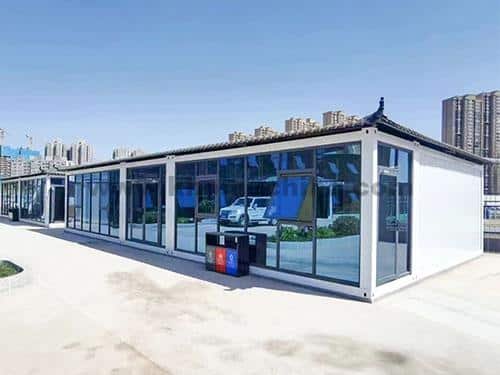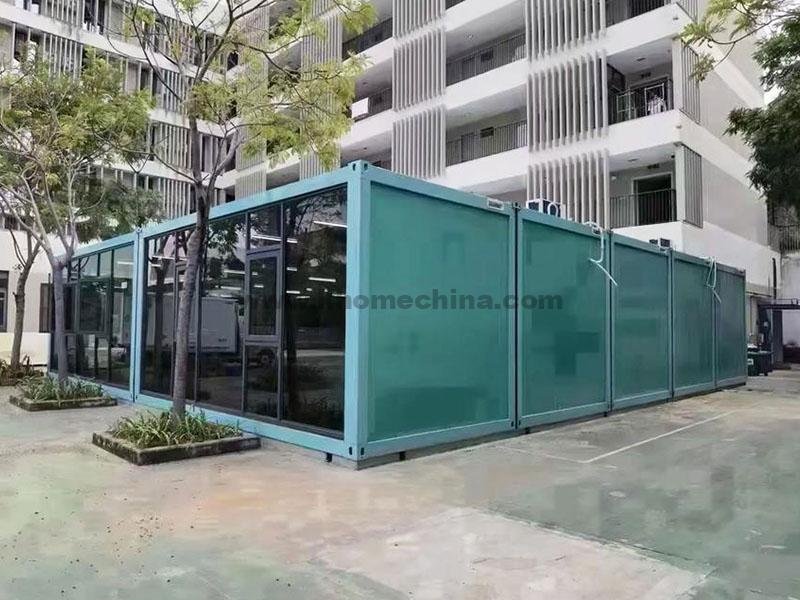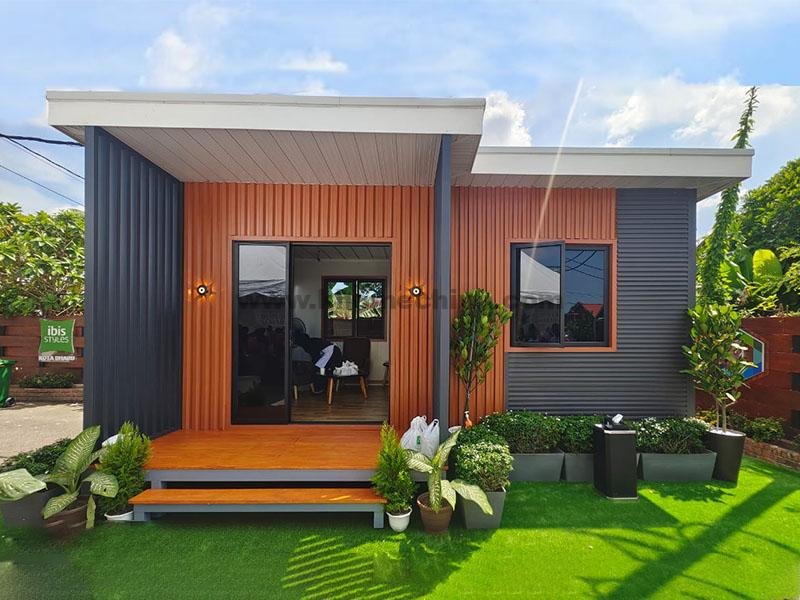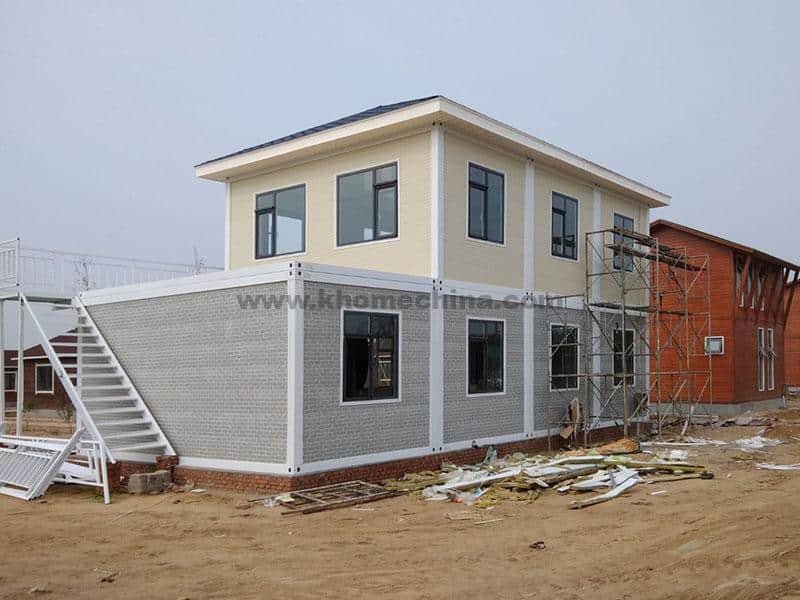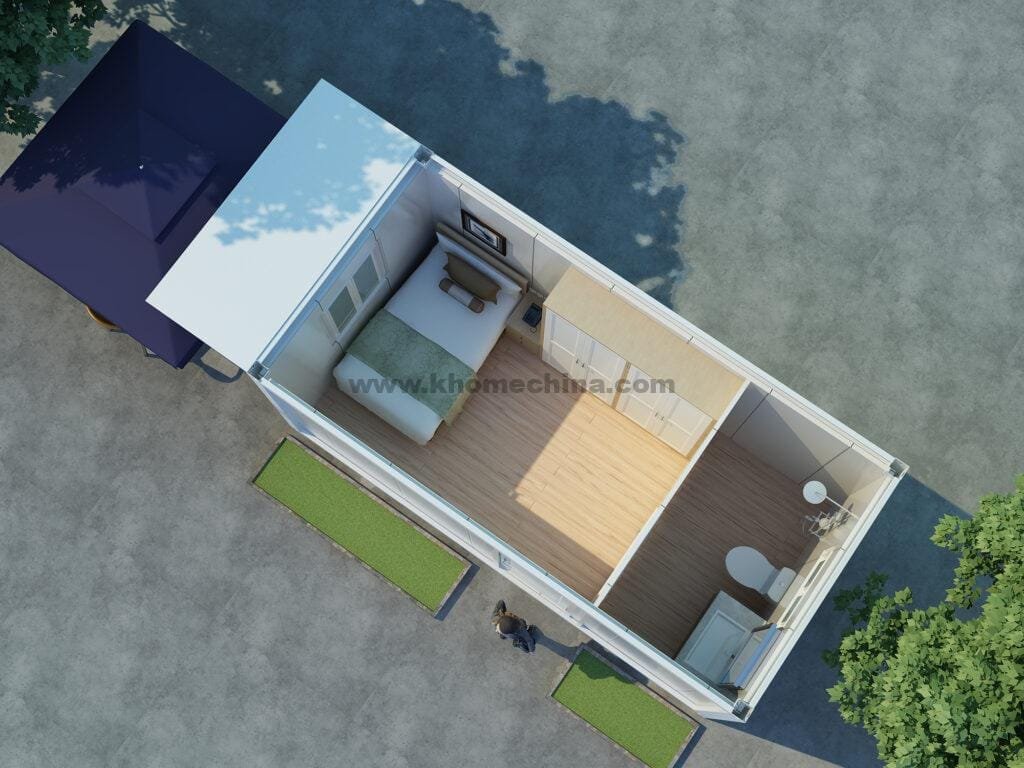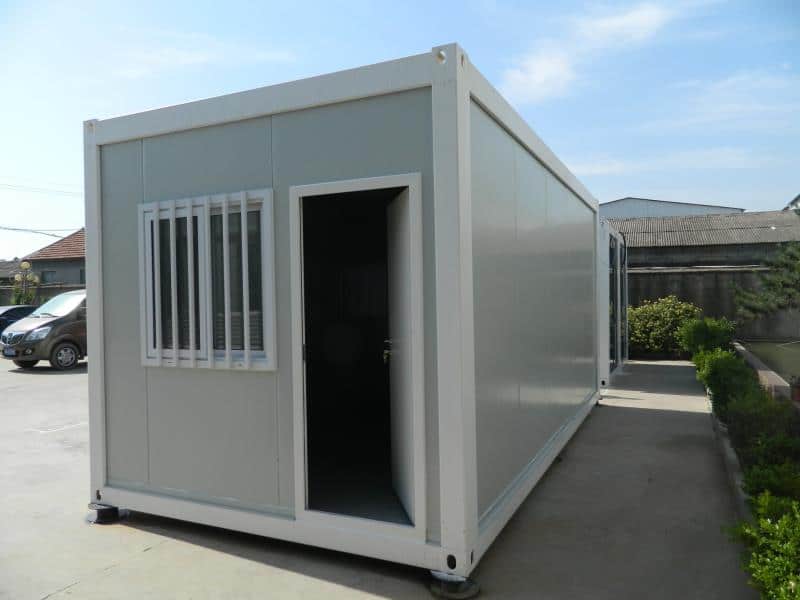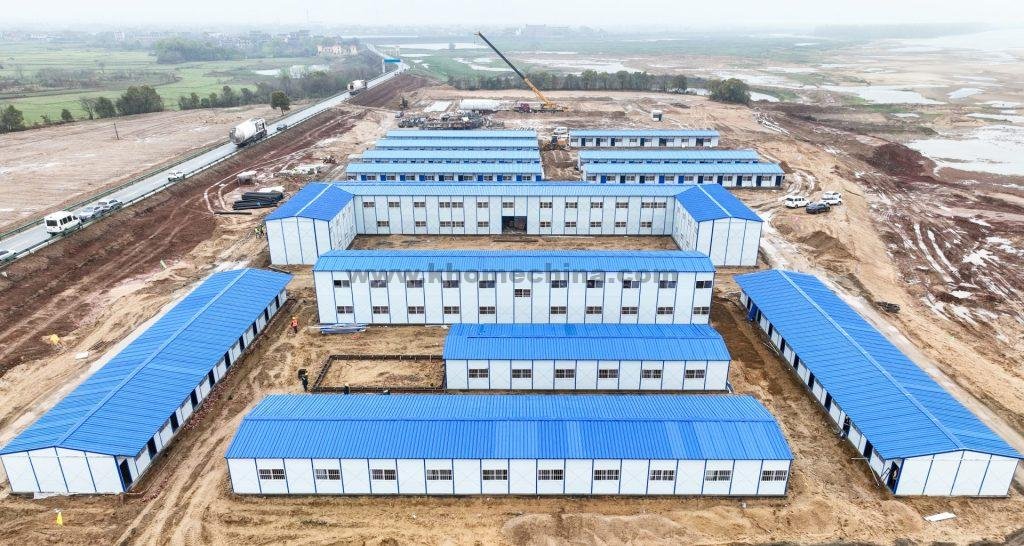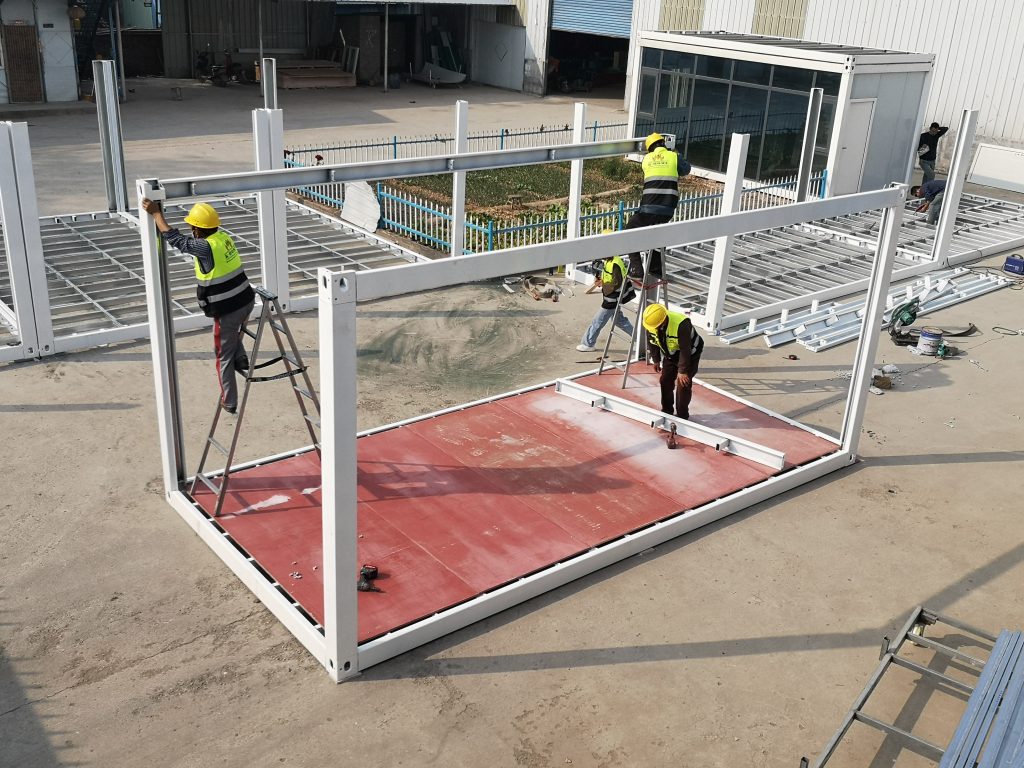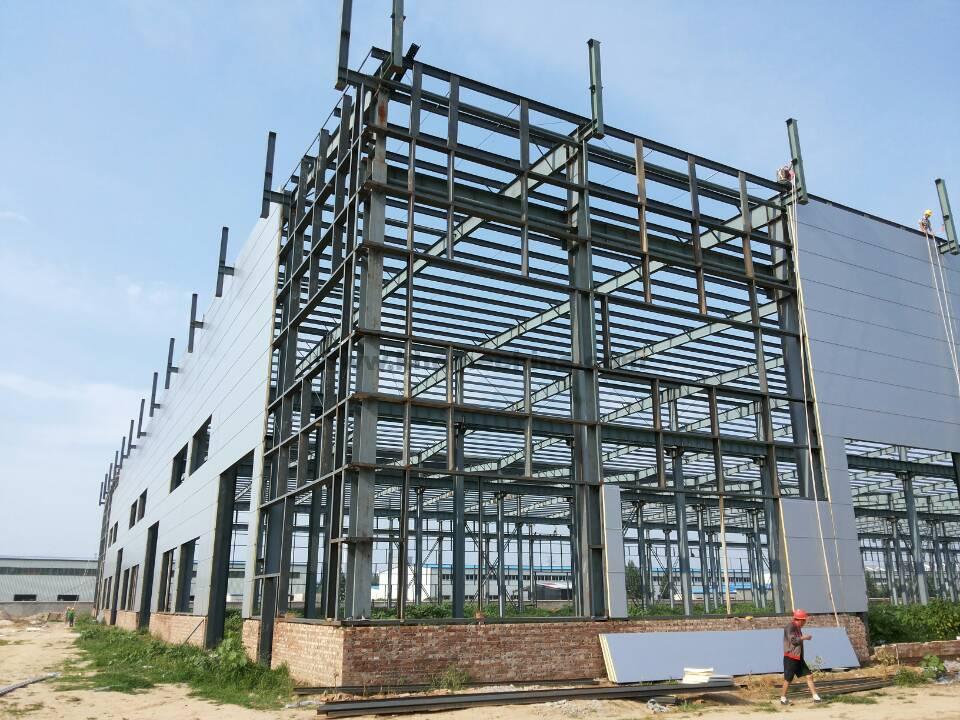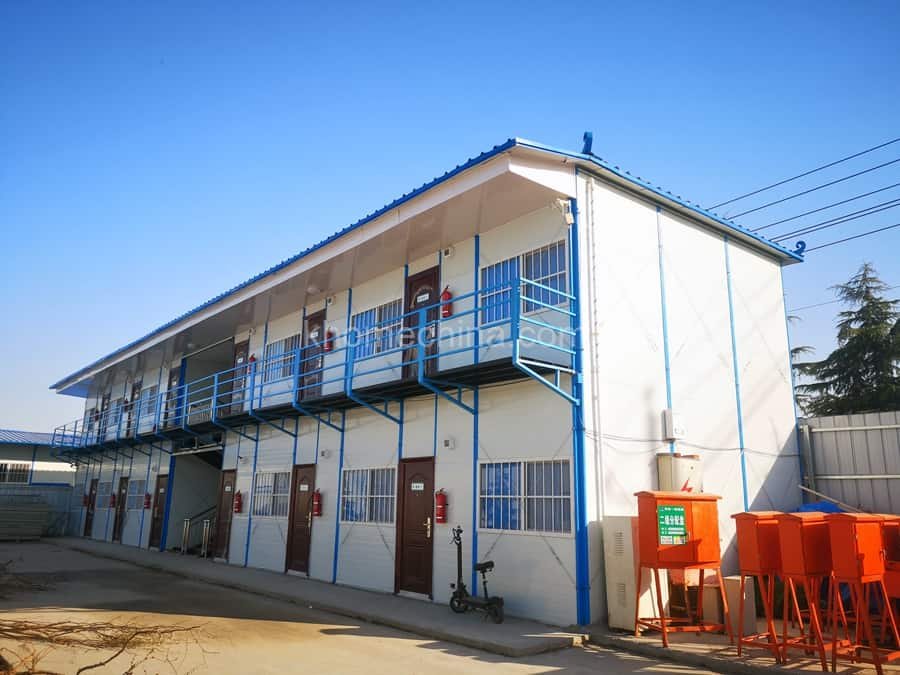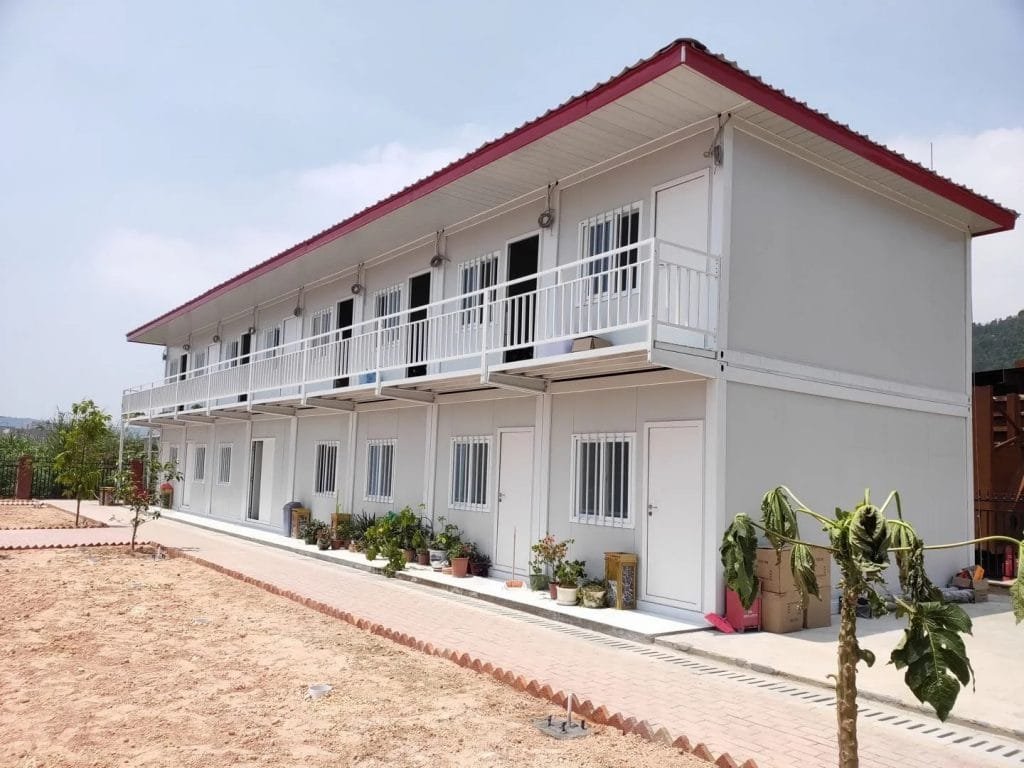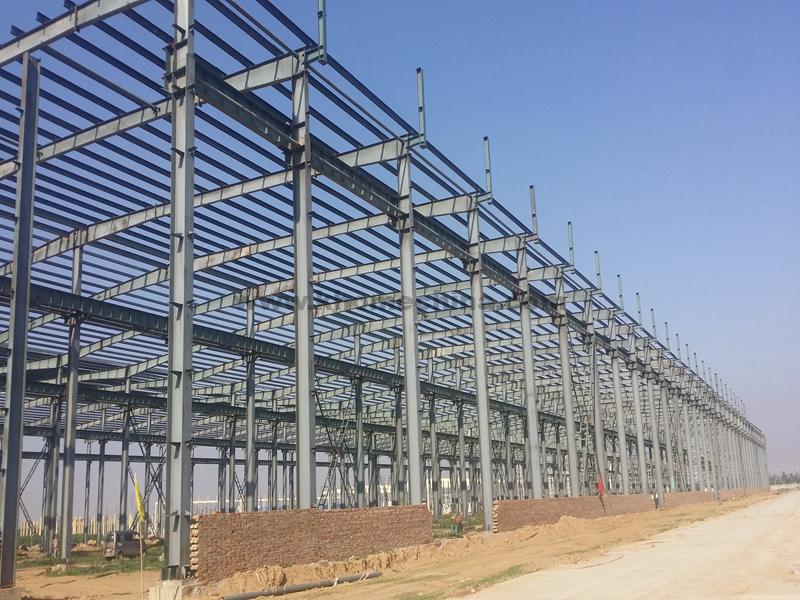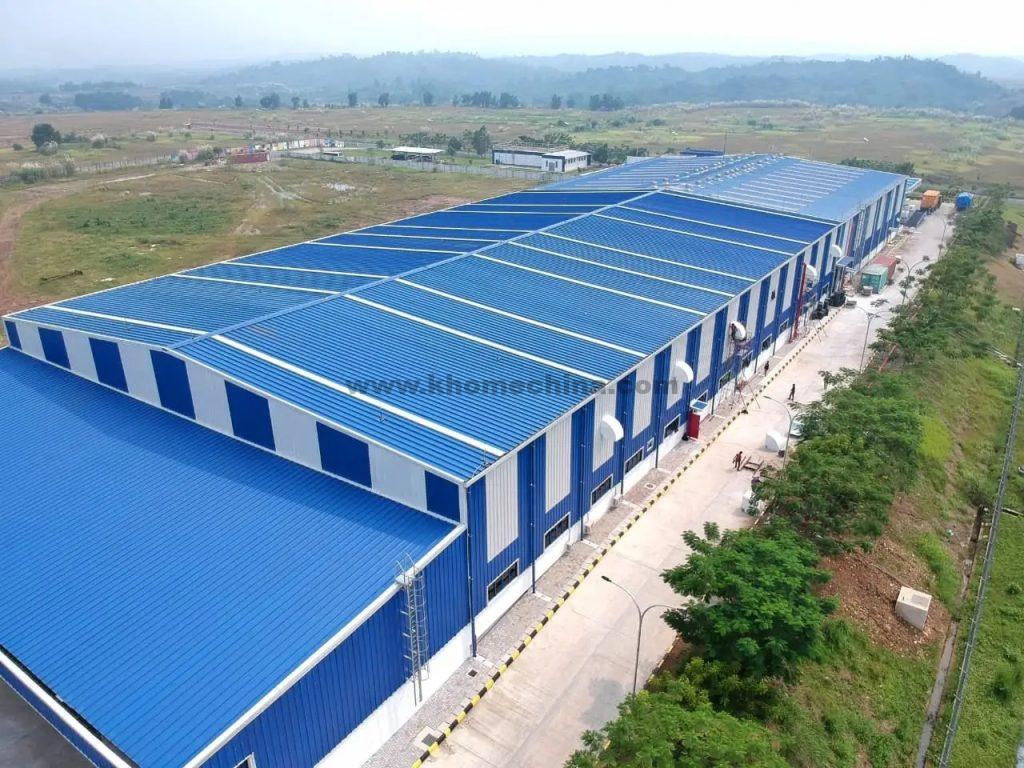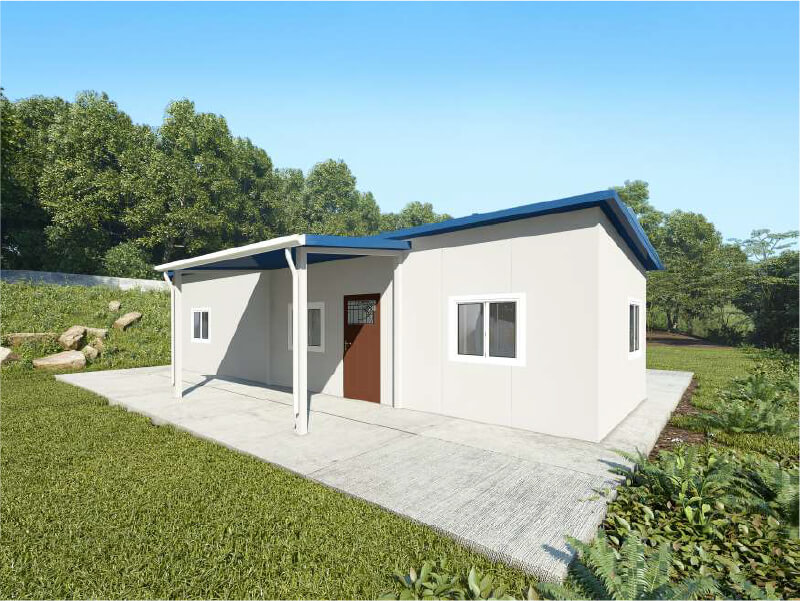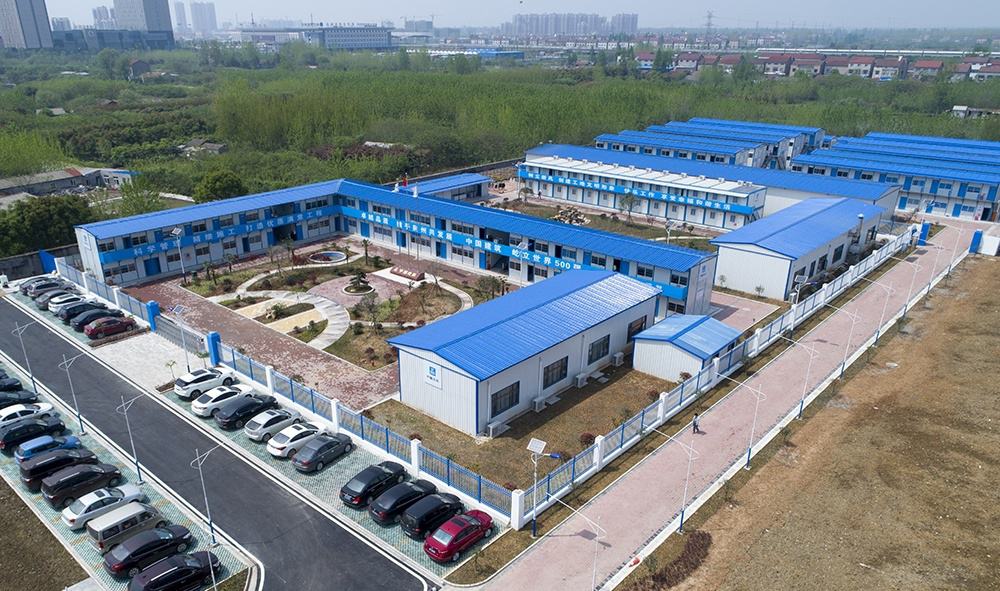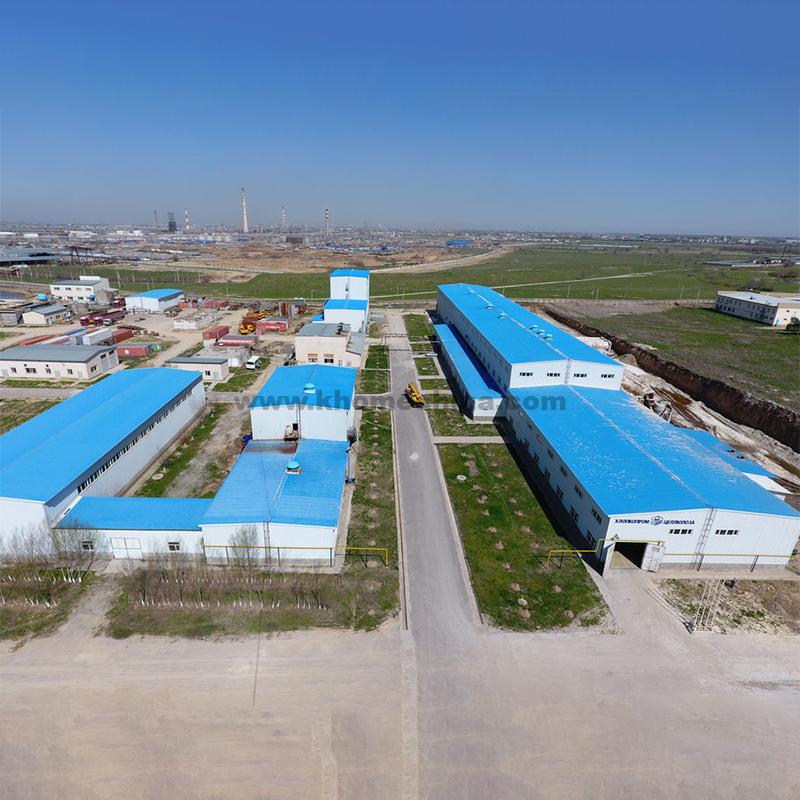Compared with traditional buildings, prefab container houses have become an ideal solution for temporary buildings due to their advantages. They are cost-effective, quick to build, and highly flexible in design, allowing for multi-functional spaces while reducing construction waste—perfect for fast-paced projects. However, turning a simple prefab container into a comfortable, functional space requires careful planning. Every detail matters, from choosing the right size and structural design to proper insulation and moisture-proofing. That’s why a well-thought-out container house plan is essential.
If you are looking for a cheap but sustainable solution for your engineering project, container house plans will be your best choice. Modular container houses are generally more affordable and faster than using other construction materials, especially when planning camps, staff accommodation, and site offices. Container house plans allow you to be creative and easily achieve many ideal functions.
K-Home has 15 years of experience in container house design and manufacturing. We have the most professional design team and service team. If you don’t know how to design and build a container house, please be patient and read the following 6 steps, I believe you will find inspiration from them.
I. Set Your Budget
- Before the container house plan starts, the first thing you need to do is to set a reasonable budget. Because the modular container house is mainly made of steel structures, sandwich panels, and a simple electric system. So compared with traditional buildings, container houses are more economical. But it still depends on the location, size, design, and function of your house. The size of each standard container unit is 5.95*3*2.8m, and it can be used alone or combined horizontally and vertically for a larger space.
- You need to measure the length and width of the land area first. Normally, the house area should not exceed 70% of the house area. For example, if your land area is 200 square meters, then the building area is best about 140 square meters. Each of our standard container house areas is 18 square meters. So you can roughly calculate the budget of the house.
- In addition, we recommend that you prepare an additional 20% of your budget as an emergency fund. This is a budget reserved for unexpected delays and costs in the construction process. Or furniture and decoration etc. Most importantly, this budget is only the price of the house and does not include sea freight.
II. Know Your Local Building Codes
- The container house is a very safe temporary building. All the designs are in compliance with the construction requirements. Generally, you can build the container house freely in your location. Of course, the requirements of different regions are different. It is recommended that you contact the local construction department to find out detailed information about the building codes in your area.
- Our container houses have been exported to South Africa, Asia, South America, and many other regions. According to our experience, almost all of them meet the local building codes.
III. Think About the Local Climate and Environment
Before designing container house plans, please consider the following:
- Check your site and pay attention to the bearing capacity of the soil.
- The local rainfall, whether it rains often if so, we will provide you with a professional roof design.
- Whether it is in a city center or a noisy place, better sound insulation is required.
- Does it often snow in winter in the local area?
- What is the maximum wind speed in the area, and does it need to be wind resistant?
- Whether it is near to the sea, the house needs anti-rust and anti-corrosion treatment.
IV. Container House Plans Requirements
1. Choose a Container House Size.
If you only know the construction area of the project, but don’t know how to plan and design. Don’t worry, please provide the following basic parameters, and then we will recommend the best design for your reference.
Our standard container size is 20ft, 40ft, if you need to customize, please provide specific length, width, height parameters.
-20 feet: It can be used as a single simple dormitory or a multi-person dormitory, accommodating up to 8 people. It is equipped with a bathroom or a simple kitchen. It can also be transformed into an office with independent workstations for 1 to 2 people, equipped with a file storage area. Or perhaps it is a simple storage room.
-40 feet: The area doubles and is suitable for transformation into a functional dormitory, including two separate bedrooms and a common lounge area. It can be used as a manager’s office, an open office area and a meeting room.
– Modular type: If you think a single container is too small, you can combine two or three containers together. Through horizontal and vertical connection, a large-scale camp project can be achieved, including accommodation, canteens, offices, meeting rooms, and restrooms, realizing multi-functional linkage.
However, it should be noted that the larger the size, the higher the transportation and construction costs. Don’t just focus on the size, as the budget may not be able to sustain it in the end.
2. What Functional Area Do You Need? What is The Quantity?
Please clearly specify the main purpose and the number of required functional zones (multiple choices are allowed) :
- Accommodation unit (Single room/Multiple room)
- Office area (Workstation/Manager’s Office/Meeting Room)
- Sanitary facilities (independent/public restroom/shower room)
- Service facilities (Kitchen/Laundry room/storage room)
- Commercial space (exhibition area/Cashier counter/operation room)
Scenario-based suggestions:
- Construction site: It is recommended to give priority to the configuration of dormitory + tool room + shower container combination
- Outdoor campsite: A functional container set of accommodation, bathroom and kitchen is recommended
- Temporary office: Choose office modules with excellent lighting (it is recommended to add glass curtain walls)
- Commercial use: The appearance design (customizable facade shape/lighting) should be given priority consideration.
3. How Many Floors Do you Need to Build?
Our container houses can be stacked up to 3 floors under the condition of ensuring solidity.
Generally speaking, a single floor is the most cost-effective as there is no need to add extra stairs and aisle boxes. Moreover, single story buildings are relatively safe. Of course, if your land area is limited and you want to improve land utilization, double floor is also a good choice. If you want three floors, we may need to first understand your local environment, and then have our engineers calculate whether structural reinforcement is needed to ensure the safety of the building.
V. Design Drawings & Floor Plans
After planning the container house floor plans, you can start drawing sketches. We will provide you with the best container house layout drawings. Once you are satisfied with the layout you have made, we can use 3D modeling tools to understand the appearance and internal layout of your house.
Download
Container House Design
VI. Add Exterior Features
Because the container house wall panel is very flat, it can be decorated with different patterns of exterior panels, which is very beautiful. Of course, you can also design a corridor or terrace for the house. Like our traditional buildings, the appearance of the container house can be very beautiful.
Conclusion
It may be a great challenge to make container house plans by yourself, but with the help of K-Home, it is very easy to make your dream home come true. I hope this short article will be helpful to you in terms of the cost of container houses, how to buy container houses, etc.
If you are going to build a container house, K-Home is always here, please feel free to contact us, helping you build an affordable and beautiful house is our mission.
Frequently Asked Questions
Recent Blog
SEND A MESSAGE










